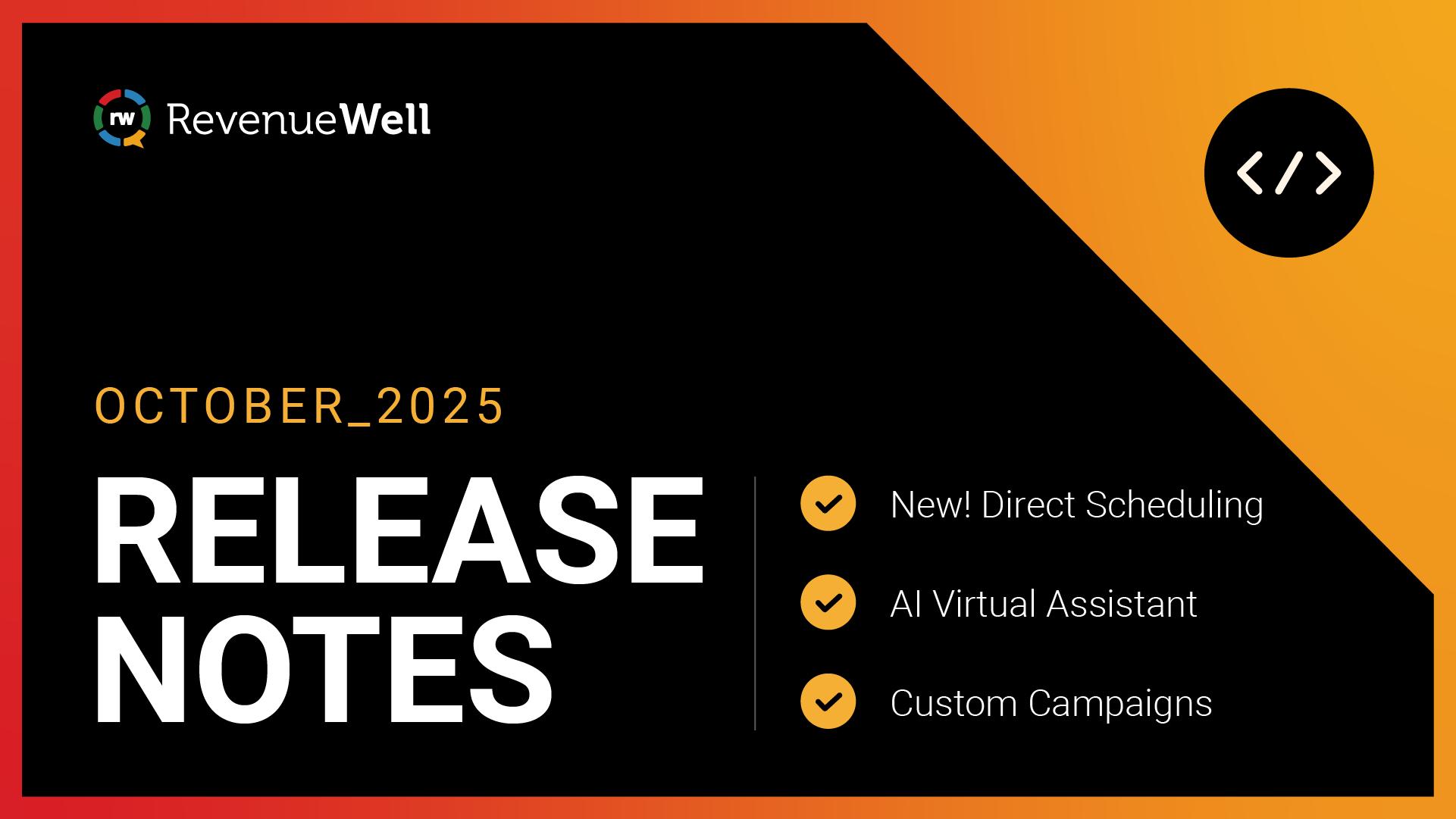6 Areas Where You Can Finetune the Dental Insurance Verification Process

Whether your practice is busy all year round or there are seasons when it feels “less hectic,” it’s always worth looking at where you can increase your efficiency, so you can trim down your task list. One area that can always be improved is the dental insurance verification process. For some practices, 50% of front office time is spent on verifying patients’ eligibility. When it consumes that much of your workday, it’s worth stepping back to see if you can finetune it. By doing so, your team can spend less time on busy work and increase your chances of giving patients the correct information about their coverage, leading to happier patients who keep coming back.
Let's dive into 6 areas where you can improve your process for a better practice experience.
1. You Don't Have Consistent Training.
Whether you’re learning a new skill, hobby, or tool, training is necessary to build and maintain your knowledge and reinforce confidence in what you do. Understanding the ins and outs of dental insurance is complex, and the way your practice handles verifications should involve frequent training. This ensures everyone is up to date on their knowledge and feels comfortable doing it.
How to improve it:
- Comprehensive Onboarding: Create a detailed onboarding process for new team members that includes dental insurance and how your practice verifies eligibility and benefits.
- Keep Documentation Up to Date: Make sure all training materials and procedures are current. Either designate someone to be responsible for documentation or divide it up between team members.
- Regular Refresher Courses: Offer periodic training sessions to keep everyone up to speed on the latest insurance policies, coding, and if there are changes to your current verification process. If your budget and schedule allow for it, bring in a catered lunch while training or block off a few hours on a less busy day for everyone.
- Vendor Training Courses: If your practice uses an automated verification tool, then the vendor should offer training materials that your practice can leverage.
2. You Don't Verify Insurance in Advance.
Does your practice have a process for verifying dental insurance prior to a patients’ appointment? Or do you do it the day of the appointment? A good rule of thumb is to verify a patients’ insurance up to 3-4 days ahead of their appointment so that you’re not scrambling to verify insurance the day of the appointment. This could lead to potential errors if you’re doing it in a rush, especially for multiple patients. Doing it in advance allows you to be prepared to have cost conversations with patients and answer any questions they have.
How to improve it:
- Establish a Process: If you do it manually, work with your front office team to develop a step-by-step process. Some things to consider in your process include how far in advance you should verify patients, are you calling the insurance company or logging into their portals, or both, where are you transcribing this information, are you also keying it into your practice management system (PMS), and how are you putting together cost estimates.
- Use a Verification Tool: If your practice already has an insurance verification tool, then be sure to check that you’ve configured it to automatically verify insurance prior to a patient’s appointment.
3. You Have Incorrect or Incomplete Data in Your PMS.
How often do you find your patient data in your PMS to be incorrect or outdated? If you and your team key in patient information to your PMS, then there’s a strong likelihood of entering the wrong information, no matter how careful you are.
Another challenge is if your patient doesn’t complete their intake forms. This can give you an incomplete picture of your patient profile and cause issues when verifying insurance.
How to improve it:
- Collect Insurance and Personal Information During Intake: During your intake process, be sure to include insurance forms and a way for patients to upload a copy of their insurance card. The best way to collect this information is by using online forms. Online forms mean you don’t have to decipher different handwriting styles and risk keying in the wrong information. Another benefit to online forms is the ability to sync the forms to your PMS, which also reduces keying errors and overlooking critical patient information.
4. You Overlook Changes in Patients' Insurance Plans.
Sometimes your patients’ insurance plans change. This can include switching jobs, being laid off or furloughed, a change in marital status, and other factors. Some of your patients will inform you of these changes, but others may not realize their policies have changed or remember they need to tell you. Maintaining the most up-to-date information in your PMS reduces any miscommunication that might happen between you and the patients and improves your chances of verifying insurance accurately.
How to improve it:
- Regular Updates: Make it a routine to verify insurance details, especially before appointments, whether it’s manual or using a tool.
- Patient Communication: Encourage patients to inform your office of any changes to their insurance plans as soon as they happen. You can include signage at your front desk, include a short video clip on your smart TV, include it on your insurance page on your website, and even train your clinical team to ask during chairside conversations related to treatment planning.
- Intake Process: Always have current copies of their insurance cards (front and back) and/or insurance details in your PMS and patient engagement system. You can collect this during the intake process.
5. You Don't Ask About Secondary Insurance.
Some of your patients have secondary insurance so it’s beneficial to find out prior to their appointments. That way, you can give them a clearer idea of what’s covered by both their plans and a cost estimate. Not having this information upfront means patients might end up paying more than they need to if their secondary insurance covers it. The more information you’re able to share, the more likely they’ll be able to understand their financial responsibilities. This also reduces unnecessary follow ups and back and forth between you and the patient.
How to improve it:
- Ask Your Patients: Sometimes your patients may not offer up this information so it’s best to ask if they have secondary insurance. You can ask when they’re at the practice, but ideally, it’s better to capture this information ahead of their appointment.
- Include It in Your Forms: Do your intake forms contain a section about secondary insurance? If not, add a section and/or fields for it so patients can fill it out if it applies to them.
6. You Don’t Use Technology Effectively.
There are many areas where it’s helpful to use technology so you’re working smarter, not harder. If your practice is still relying on manual processes to verify insurance, then this is an ideal workflow to automate for a more positive practice experience (and for your peace of mind). And if you’re already using a verification tool, then ask yourself if the tool is helping or slowing you down.
How to improve it:
- Insurance Verification Software: If your budget allows for it, invest in a reliable tool that can automate your verification process, which will increase your accuracy, speed, and efficiency.
- Integration: Ensure your verification tool integrates with your PMS so you have consistent data across systems.
- Set up: If you decide to purchase an insurance verification tool in the future, there might be some configurations you have to set up. Be sure to follow it step-by-step and double check that you have followed the instructions. If it’s not set up correctly, you can run into issues when you’re using the tool, slowing you down and having to switch to a manual process.
- Technology Training: Train your team on how to use the tool so they’re set up to be successful. And arm them with resources so they have something to reference.
Streamlining your verification process cuts down the amount of “work for work” that’s involved with verifying coverage, freeing you up to focus on your patients. It also allows you to have transparent financial conversations with patients, increasing their trust in your practice. When patients trust your practice, they’re more likely to accept treatments, come back to your practice, and even refer your practice to their peers.
Next recommended read: Why Your Practice Should Automate the Verification Process




